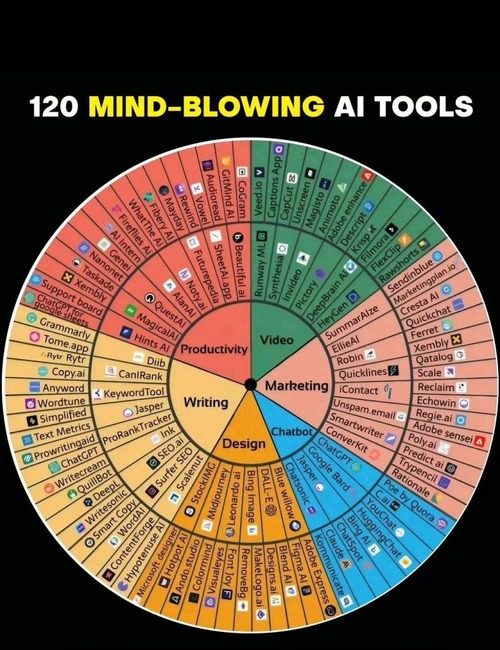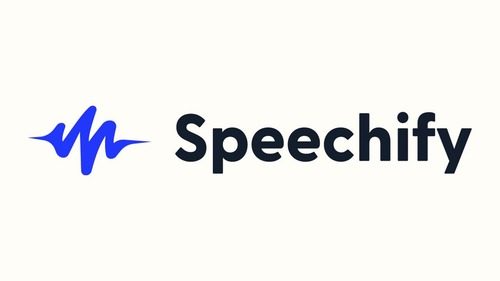In 2023, the band of AI tools like Quillbot, Descript, ChatGPT, Bard and hundreds more are not just creating a revolution in how we work, but with how we learn as well.
What is AI again?
It’s the abbreviation of Artificial Intelligence. But there’s more to it than just that – way more!

According to McKinsey&Company, artificial intelligence is a machine’s ability to perform the cognitive functions we usually associate with human minds. Cool, except that AI does much more than what is associated with the human mind: create multiple-choice quizzes from a single passage in very few minutes, solve math problems from a single image, determine your level of language proficiency after a few prompts. It’s superhuman – sort of.
The machines referred to in that definition are software – codes or programs existing in physical or actual machines – computers. And as you already know, computers themselves have become much more than the desktops and laptops we used to know – phones, cars, television sets, home voice assistants are all iterations of the good old computer.
What does AI have to do with education?
A lot.
According to a 2022 report by Research and Market, the market size of AI in education is expected to reach 12.8 billion US Dollars by 2028. That is more than the GDP of many low-income countries, and it underscores the growing significance of artificial intelligence in global education.
AI is upending the global economy and education is no outlier. AI in education enhances both teaching and learning functions as well as institutional operations. Tools like Quizgecko help teachers generate multiple-choice questions thereby cutting down on time previously needed to manually create such tests.
Popular grammar tools such as Grammarly and GrammarChecker are not only helping journalists and business professionals with their long-form essays, emails, and proposals but it is also helping students turn in excellent weekly essays.
PhotoMath is an intuitive tool helping students navigate mathematical problems by providing step-by-step solutions to math problems submitted as photos.
Beyond the quotidian tasks of teaching and learning, assistive AI tools are also helping to level the playing field among students such that disadvantages like speech and visual impairment can be surmounted with apps like Be my eyes, Voiceover and Audible.
While AI in education exists for everyone – learner, teacher, administrator, regulator, parent, etc. Let’s check out 5 AI tools that specifically help students along the way. Note that many AI tools can be used across various industries and some of the following are no exceptions.
Programming Helper: Great tool for those learning to code. As the name suggests, this tool helps with programming tasks like generating Linux or HTML commands from description, translating code to any programming language, and fixing invalid code, etc.

Speechify: Available on both desktop and mobile, this program converts text to speech so that users can listen to their textbooks (for instance), newspaper articles, blog posts, and so on while doing other things. The audio is delivered in actual human voice which is a big deal for a lot of users.

Elicit is a desktop app that comes in handy when writing research papers. The tool is branded as the ‘AI research assistant’. Developed by the company, Ought, Elicit is a great tool for completing literature reviews when writing research projects. Elicit can also summarize the findings of other papers so the student doesn’t have to read through tons of documents.

Trinka: Unlike other generic grammar checkers like Grammarly and Hemmingway Editor, Trinka is specifically made for academic and technical writing. It keeps essays in the formal tone and the base style guides are APA and AMA. Trinka covers subjects like Medicine, Geology, Economics, Engineering, Physics, Chemistry, and a few others. So if your homework or term paper is in any of those fields, then Trinka has you covered. Trinka is a desktop tool.
Beautiful.ai: Making presentations is a regular activity for students. This AI tool helps users to create better presentations even without any design skills. The tool is preloaded with tons of templates that users can choose from to complete the task. Beautiful.ai offers limited functionality for non-paying subscribers, but allows for a one-year free subscription to the pro version. You must have a .edu email address.
Final Thoughts
Artificial intelligence is still evolving. The Internet of Things (IoT) is still some ways to maturity, and the new kids on the block – Bard, ChatGPT etc – continue to consume large amounts of data to improve their functionality and beat the competition. Thus, we can conclude that in the coming years, there will be more apps and programs to make learning hassle-free.
If you’re interested in the backroom work that makes AI a reality then you might want to sign up for one of ABM College’s technology courses where you have several career opportunities like computer programmer, software development engineer and so on with exciting earning potentials.
